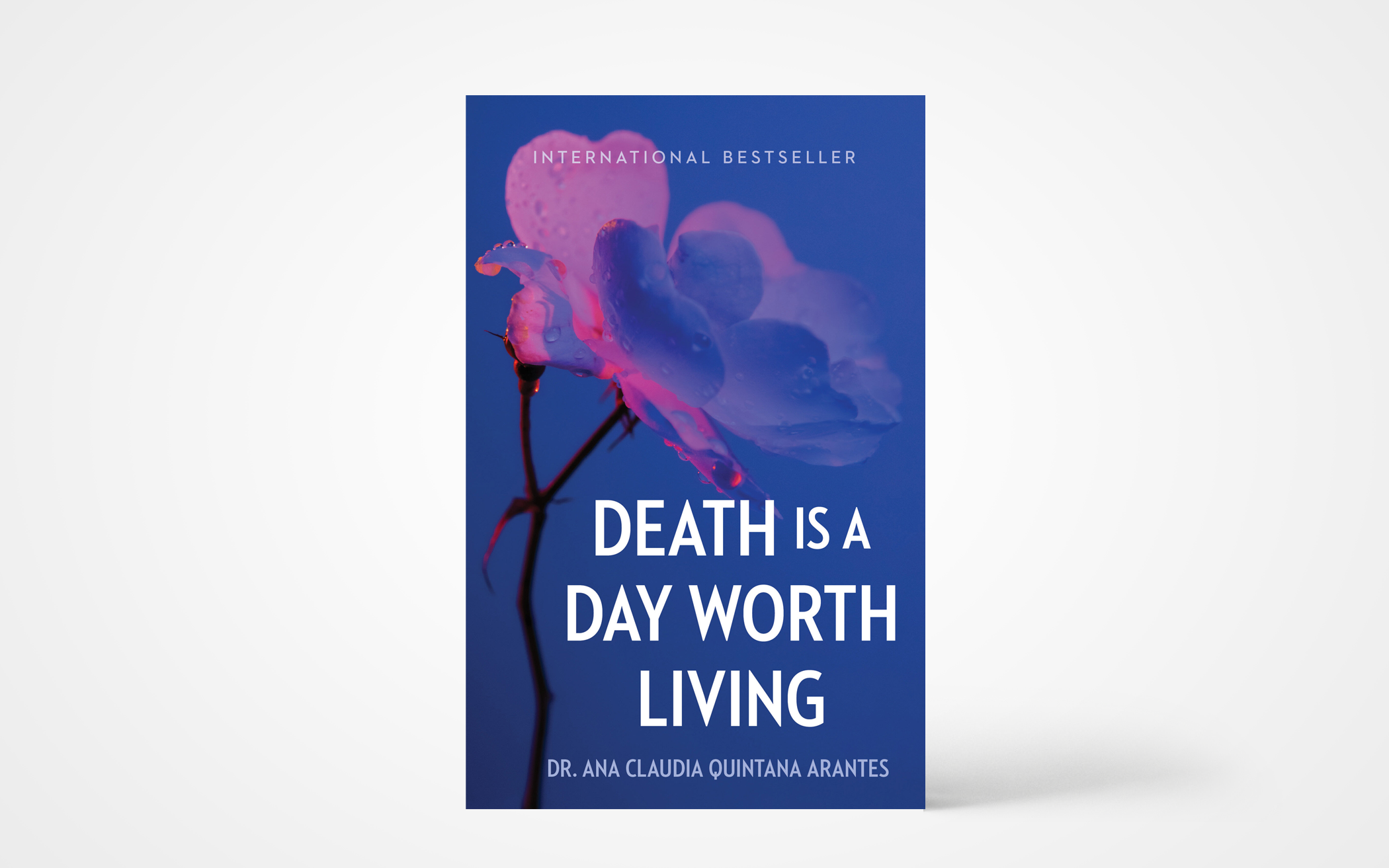Written by a hospice care doctor in Brazil, this book is an international bestseller on the topic of how to die. The author begins with a personal story of how her job title brought silence and unease to a group of party-goers. In reality, most people do not consider death a normal process of life. The author writes, “The problem is that we live alongside people who think they are eternal. Under that illusion, they live irresponsibly, with no commitment to goodness, beauty, or truth, separated from their very essence.”
Many religions depict death as a bridge to the next or eternal life. It is only when we are dying that we realize how we should have lived. To people who have lived a fuller life, death might become less of a challenge. As the author puts it, “Life lived with dignity, meaning, and values, in all its dimensions, can accept death as a meaningful part of that same well-lived life.” Although most people shy away from the sight of death, it is the most sacred moment in human life, just like birth. The author encourages us to “respect death” because it is “the moment of truth” in life.
From her rich experience caring for dying patients, Arantes reviews the process of this last stage of life, including its physiological, emotional, and spiritual meanings. For example, she summarizes the active process of dying to include symptoms of bodily dehydration, emotional introspection, a pre-death surge of happiness, and final agony. Having observed how people die, this author describes it as the most intimate process of life: “Nothing is more intimate than sharing in someone’s active process of dying—not sex, nor a kiss, nor sharing secrets. … The person who is dying is naked, stripped of all physical, emotional, social, family, and spiritual disguises, and, in their nakedness, can see you in the very same way. People who are dying develop a singular ability to see. Being there for someone who is dying is to stand naked too.”
Death is a moment of spiritual truth when people assess their religious faith. Arantes observes that this might “trigger one’s transformation” because it is the moment “when you come to understand a totally new version of God.”
The most perspective-shifting chapter in this book is “Our Everyday Deaths.” Mourning the passing of a life might help us learn how to accept loss of various forms in our ongoing life. The fact is that we do not just die on the day of our death. We are slowly dying every day we live, whether or not we are aware of that.
Death is hard to talk about because it is “a place where words cannot reach.” This is why hospice care is important. Health professionals such as Arantes need to care for the whole person while taking all dimensions of death’s impact into consideration. For example, caring for the emotional health of patients who are dying slowly could be extremely challenging. As the author writes, “Dying slowly means there will be more time to think about death, and that is what so many people fear. As much as people want the longest possible life, they do not want more time to think about death.”
Reflecting on the death-evasive culture we live in, the author points to its inadequacy when helping people experiencing death. This world has created an illusion about what life is. When people buy the lie and fail to live life’s essence, they are missing the truth about how to live. Death offers so many lessons about how to live and how to let go: “If you live and love to the fullest, then you can let things and people go on their way. If you have experienced all that the relationship has to give, then you are free. There is nothing holding you, no unfinished business.” (Broadleaf Books)
About the Author
Mary Li Ma is a member of Plymouth Heights CRC church in Grand Rapids, Mich. She holds a Ph.D. from Cornell University and now works as a research analyst for a national research center on education equity.

